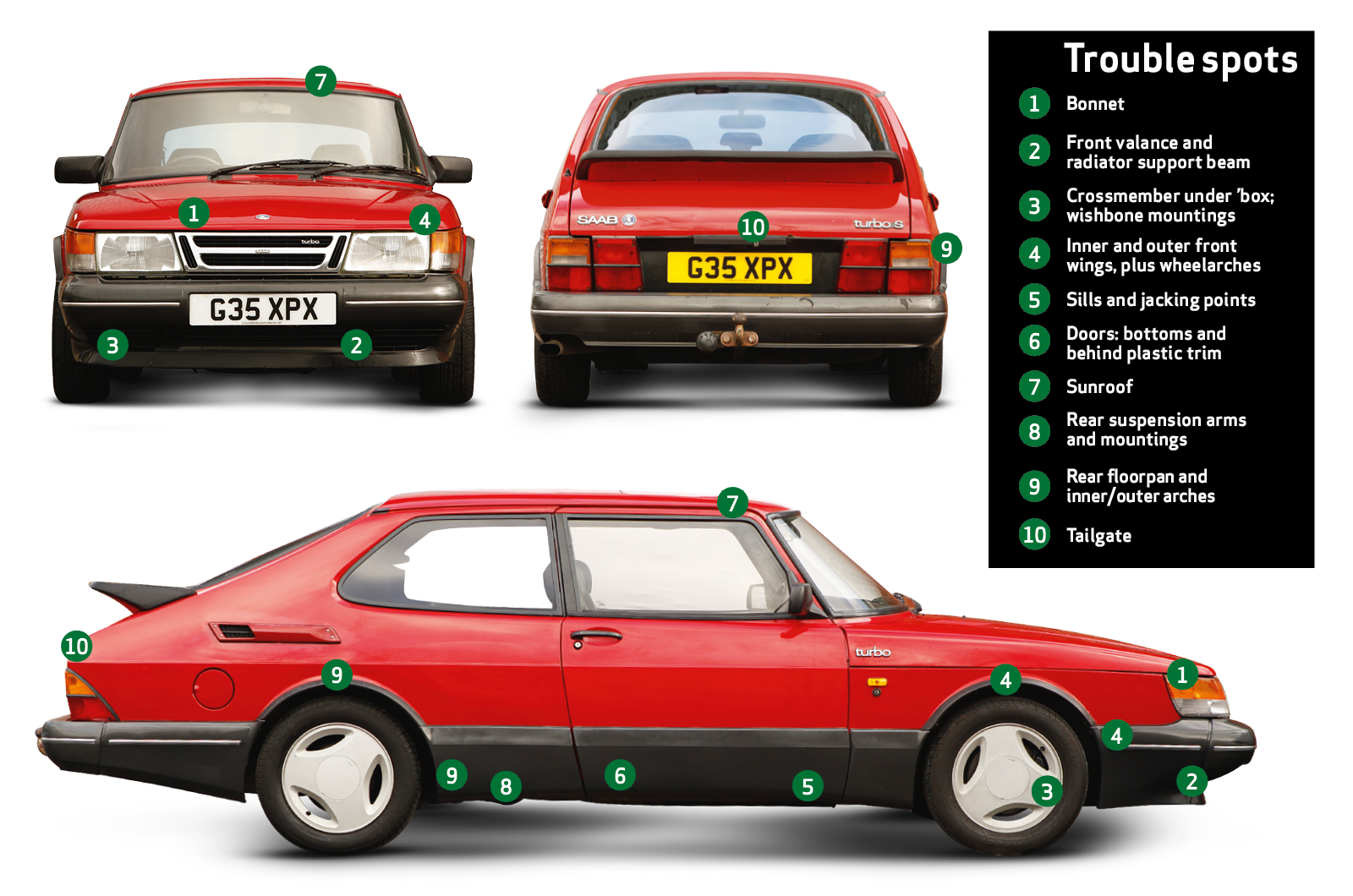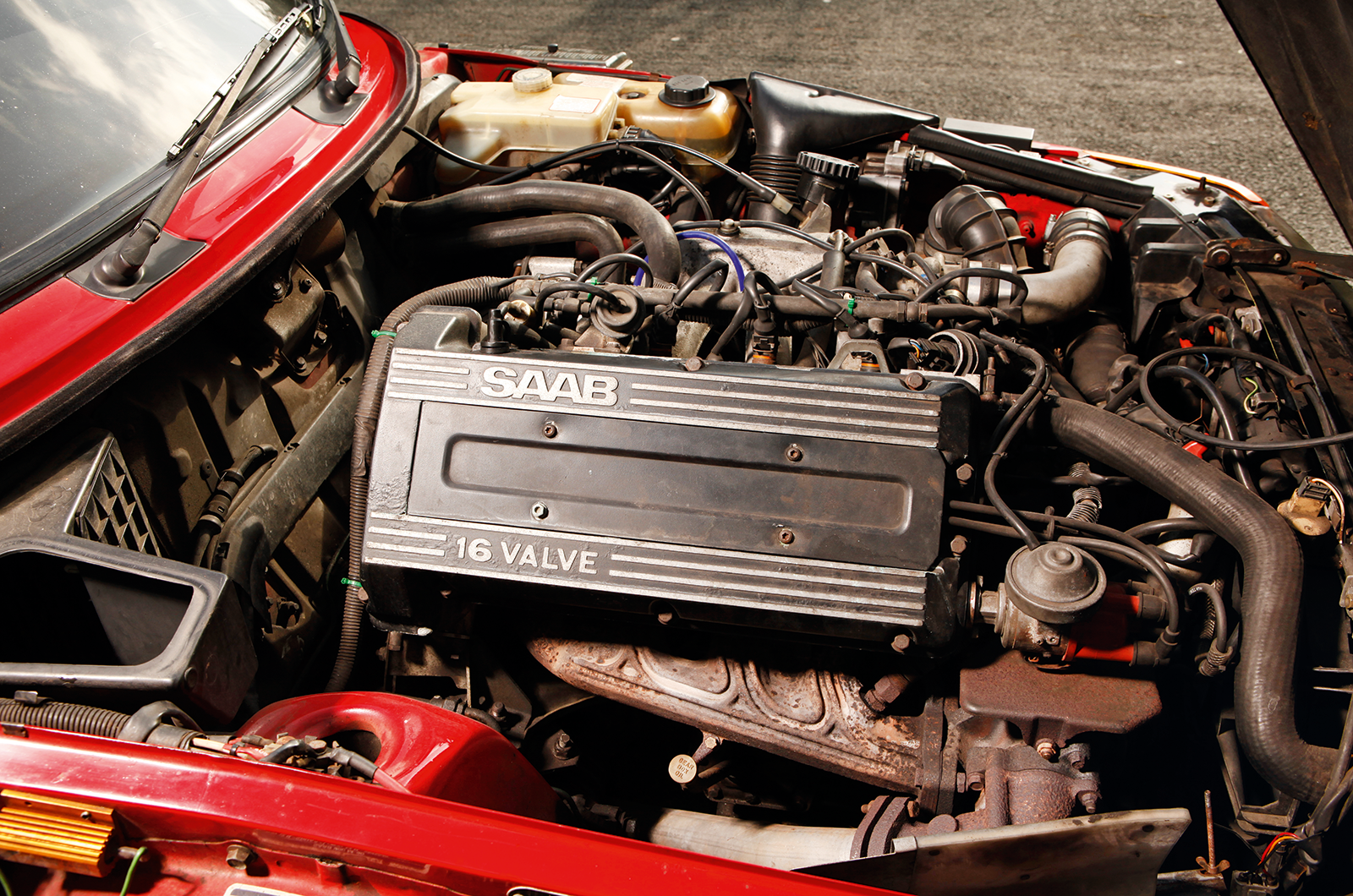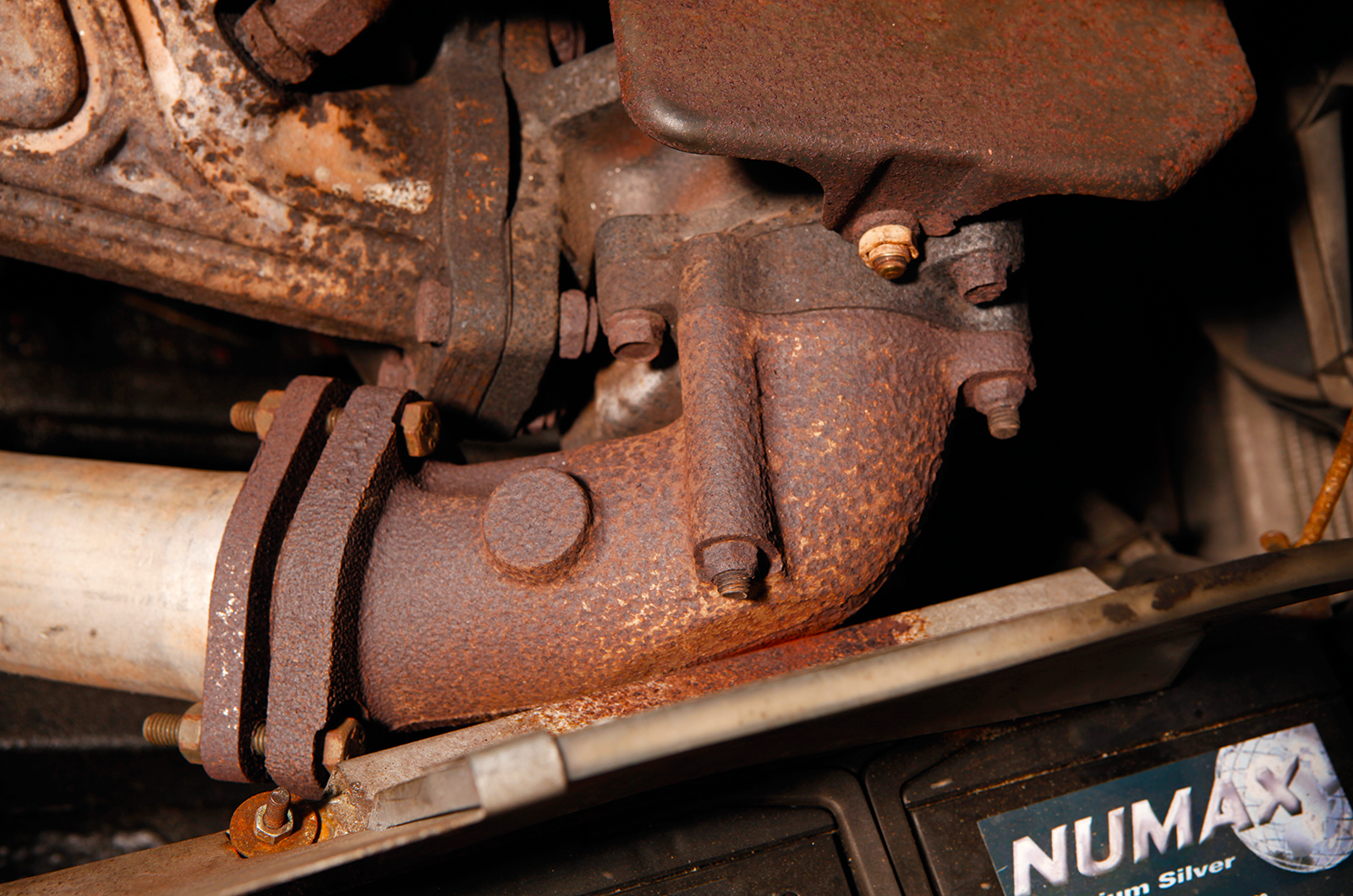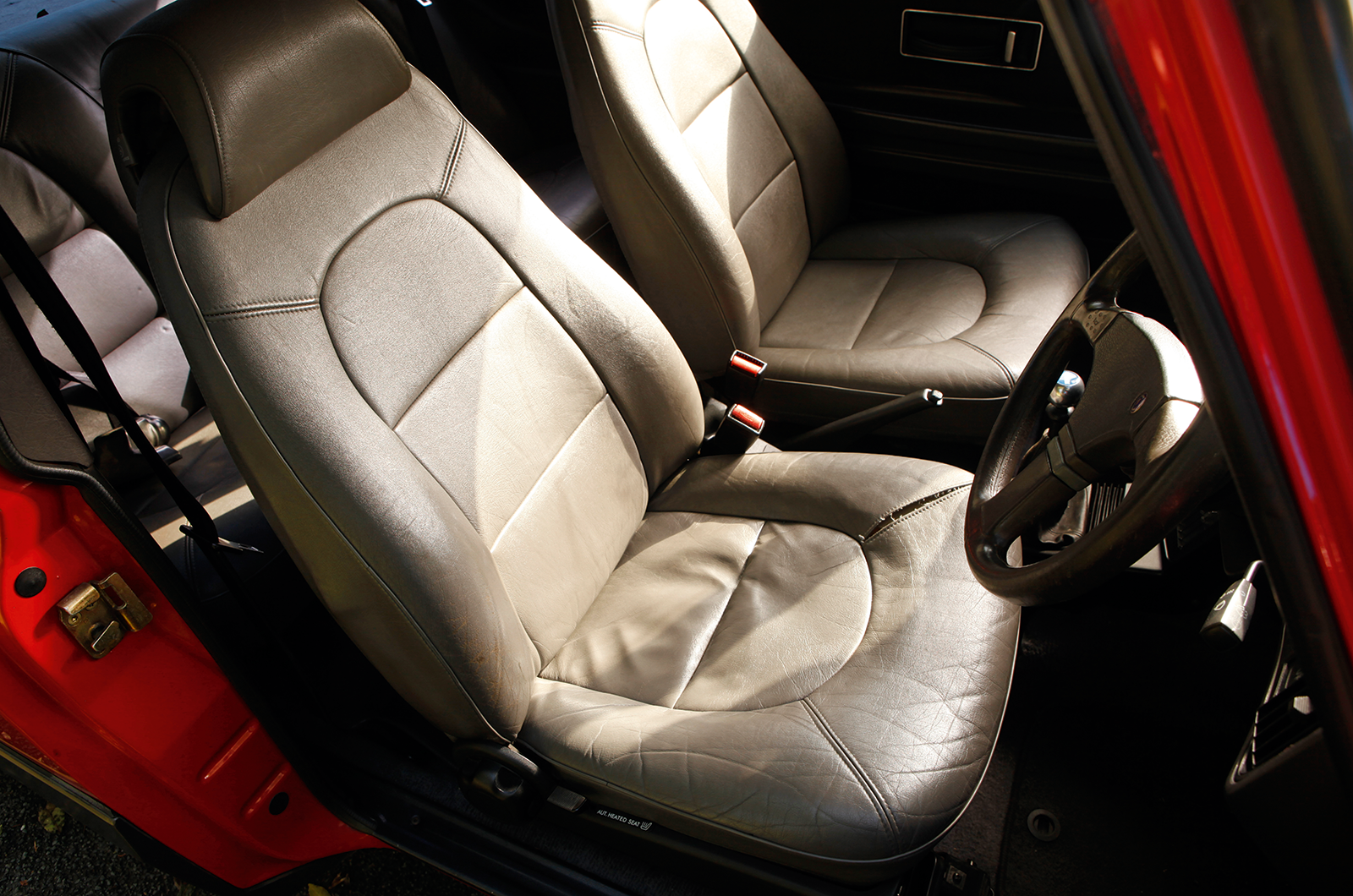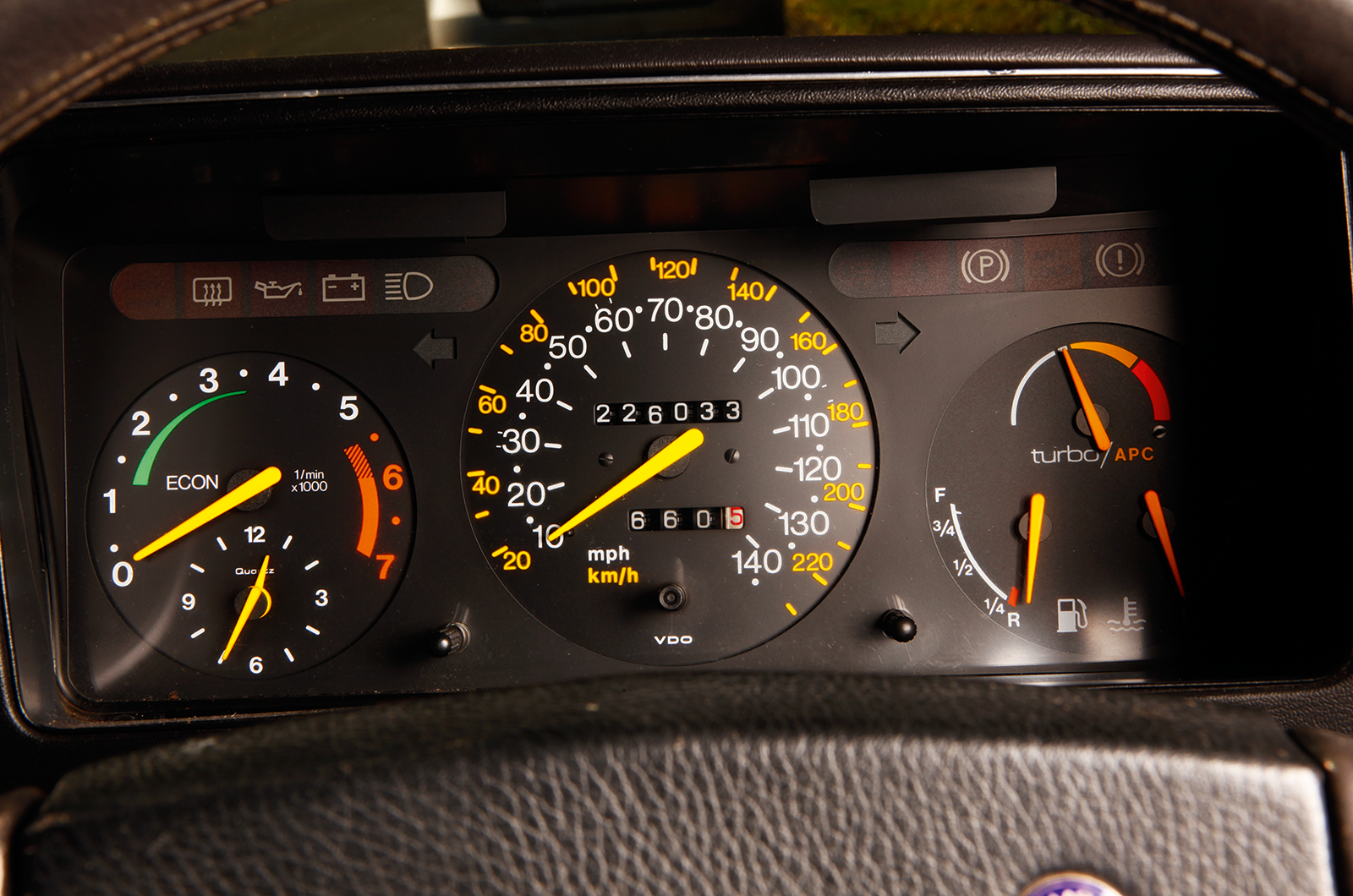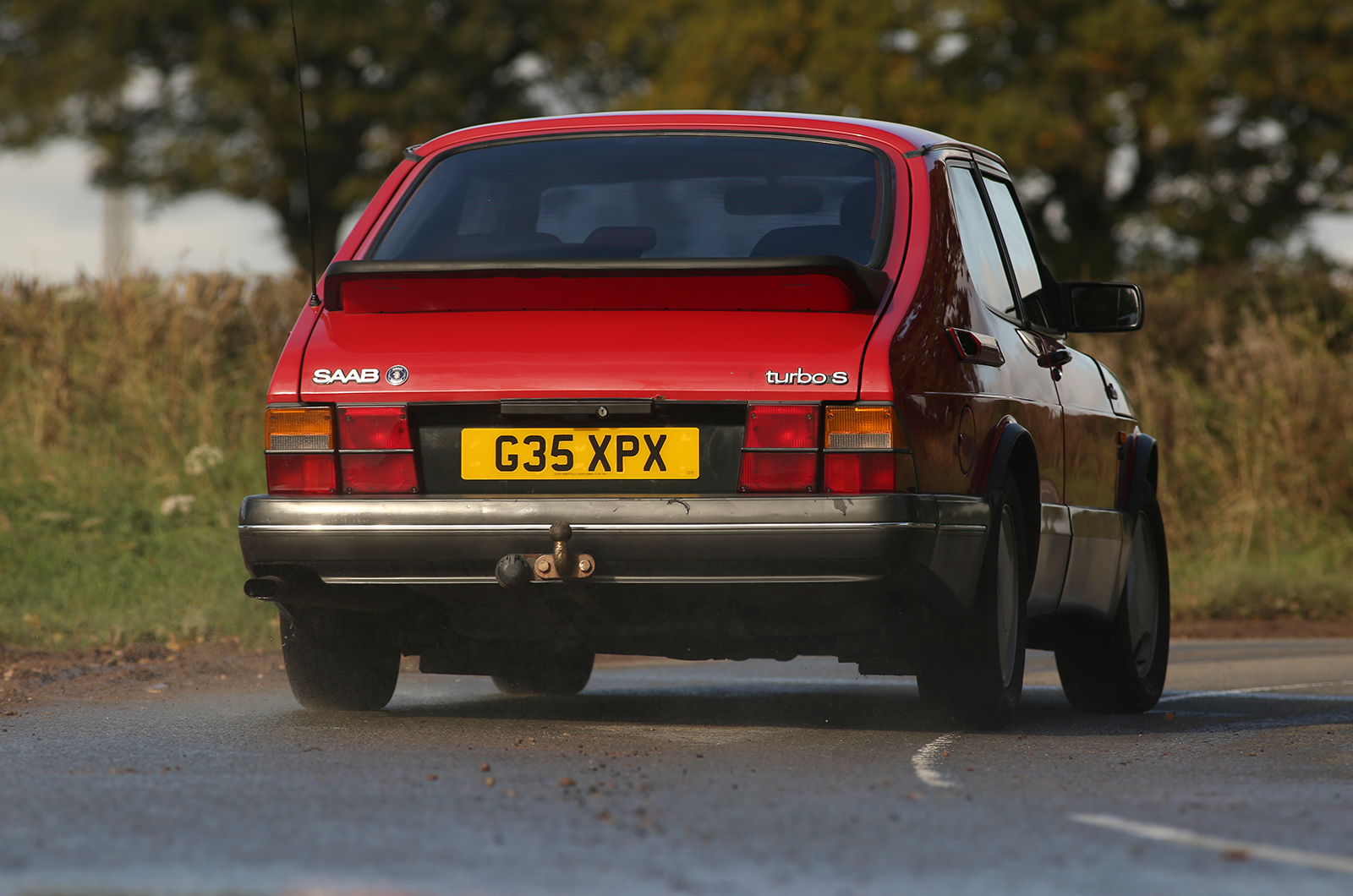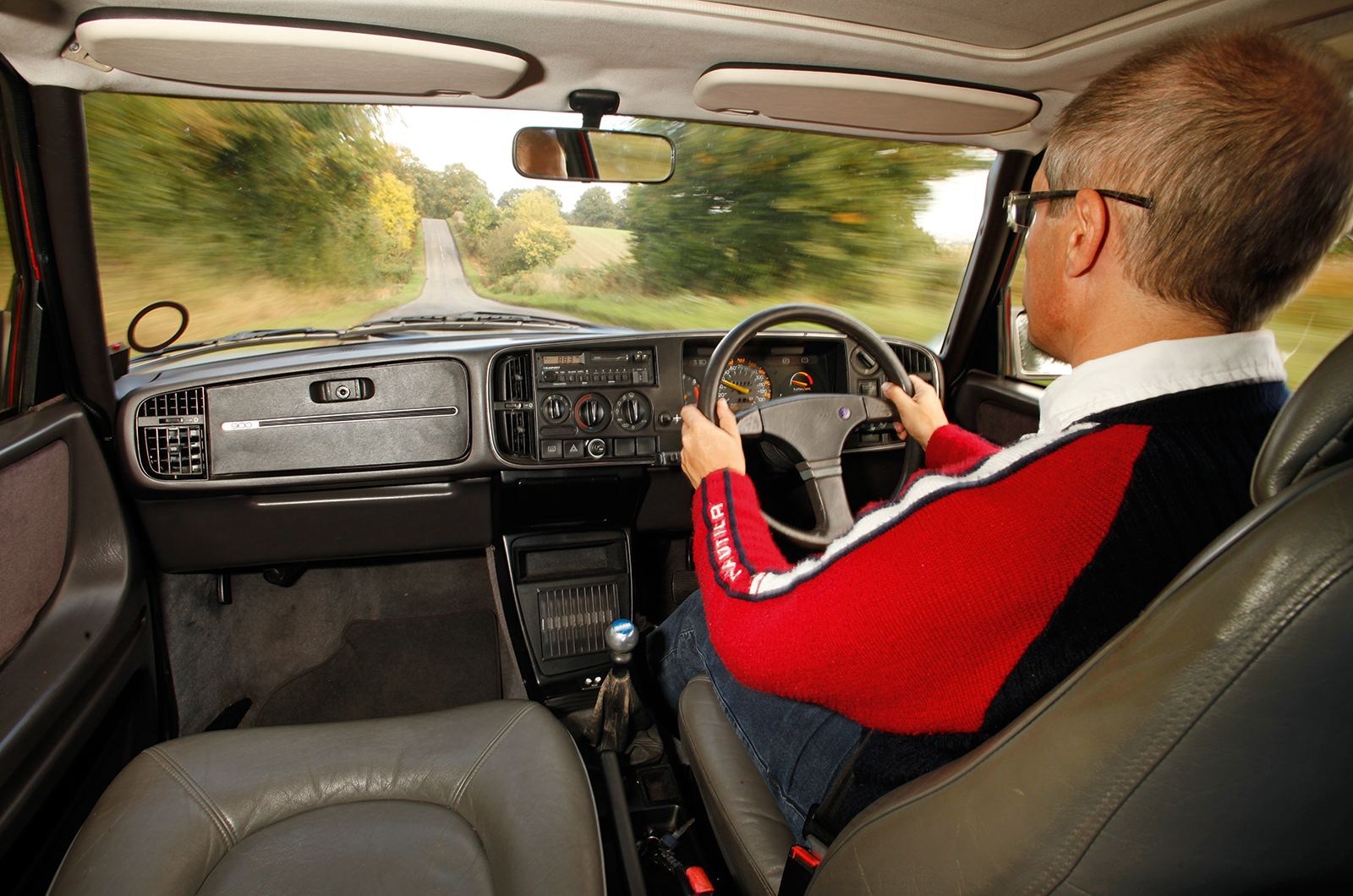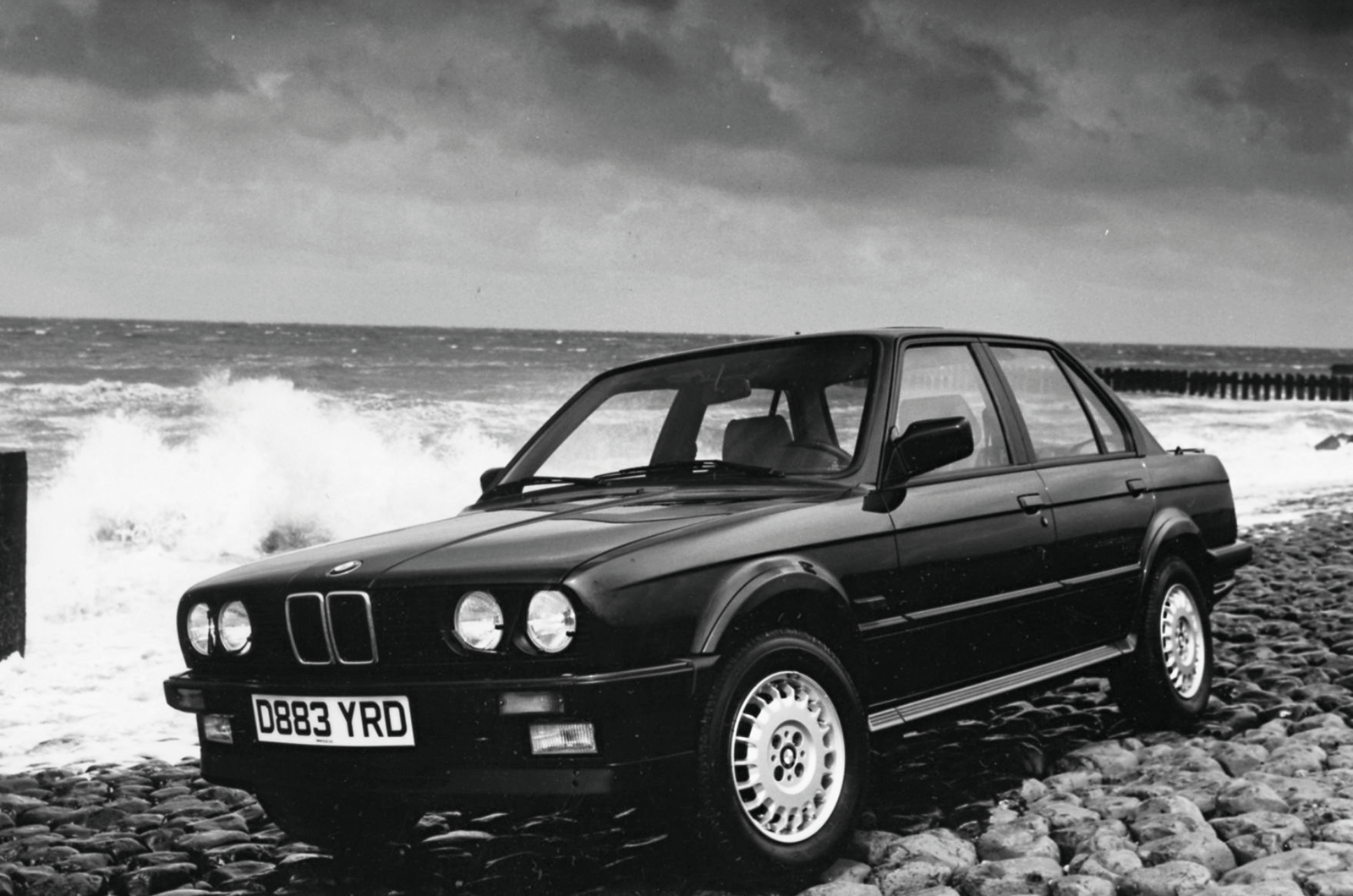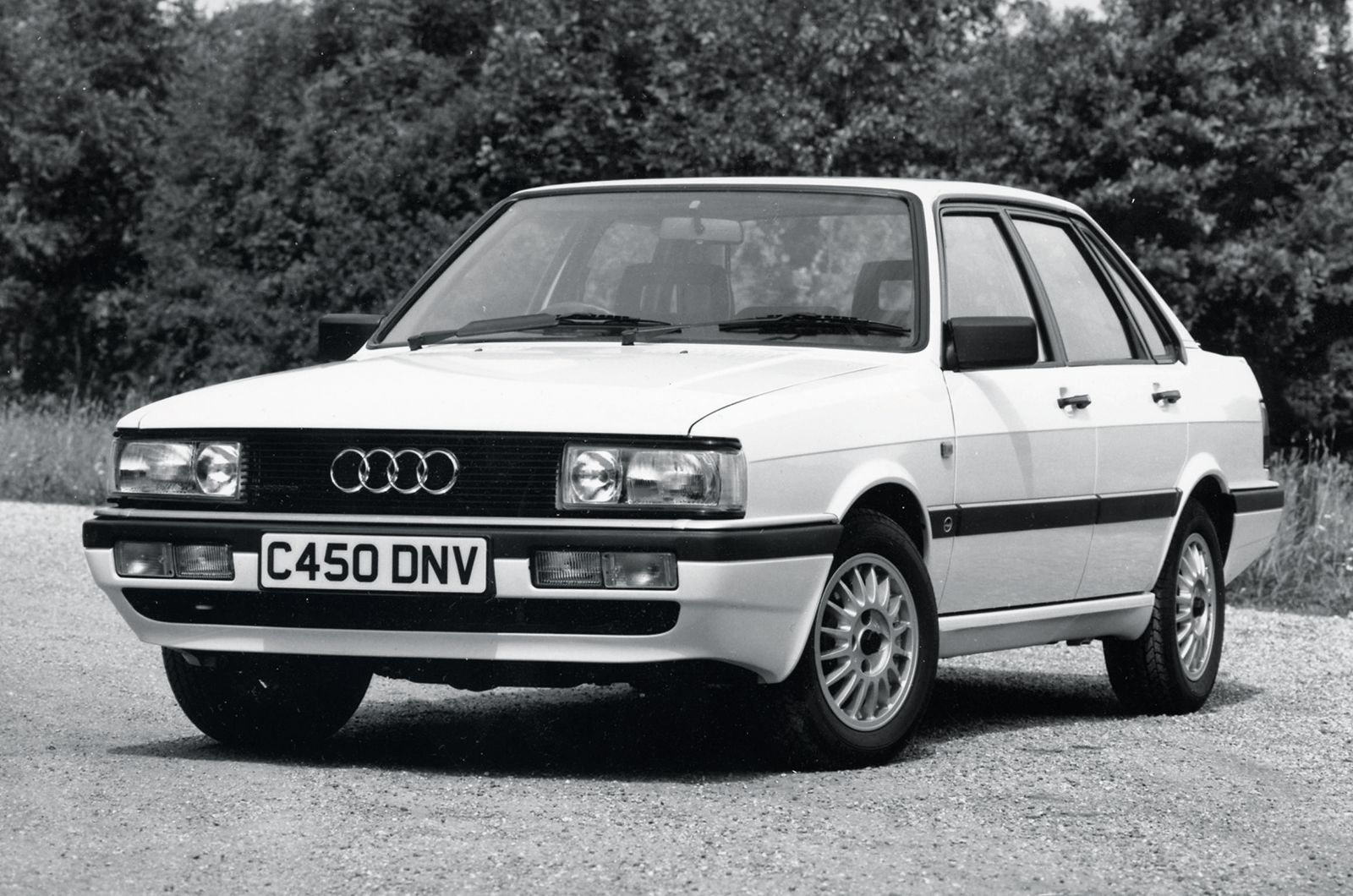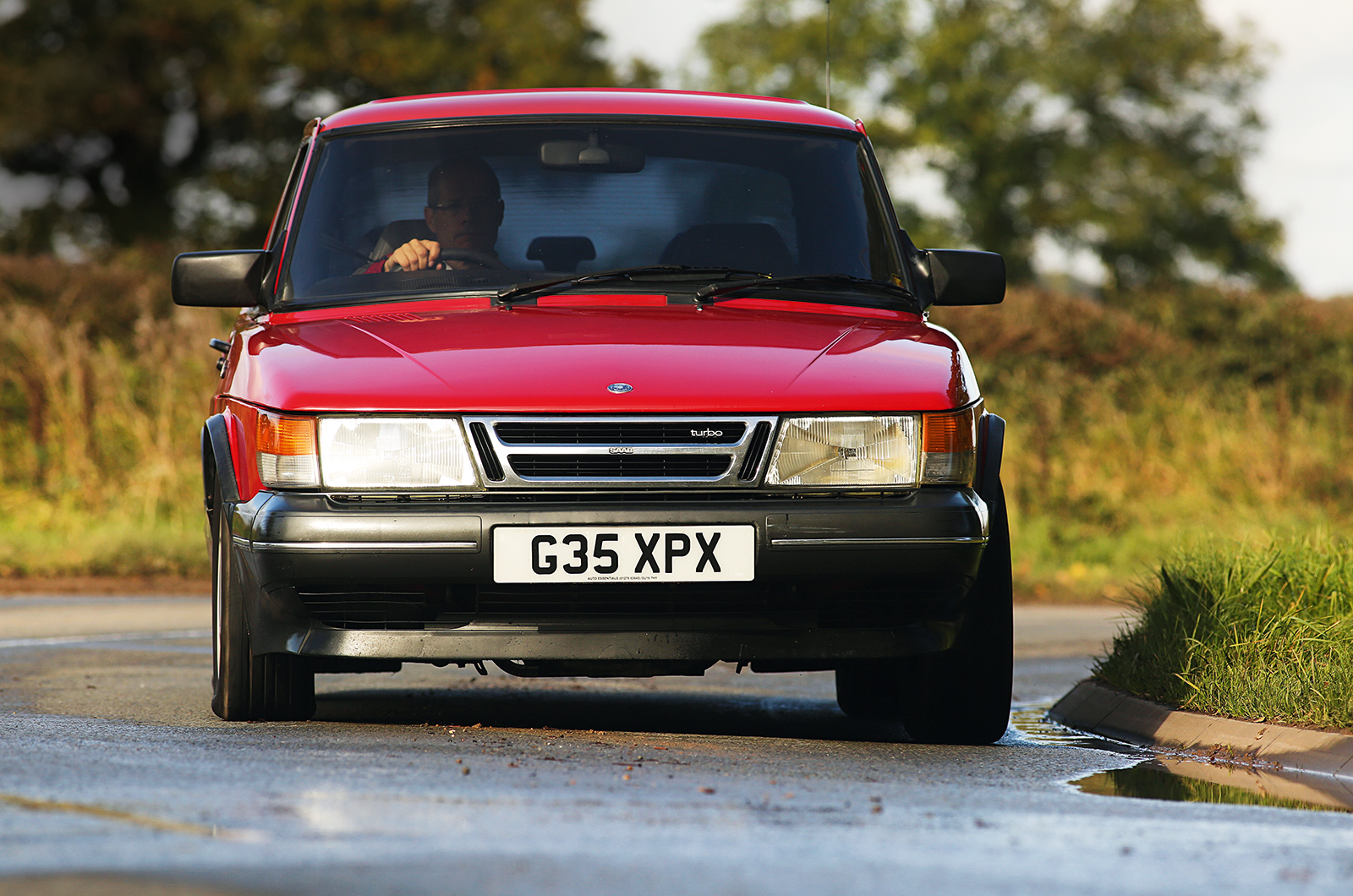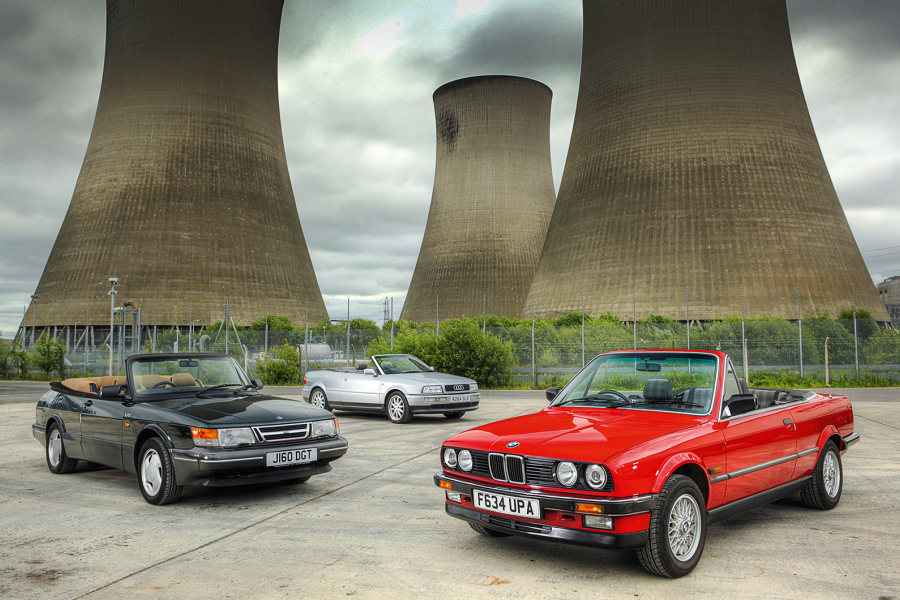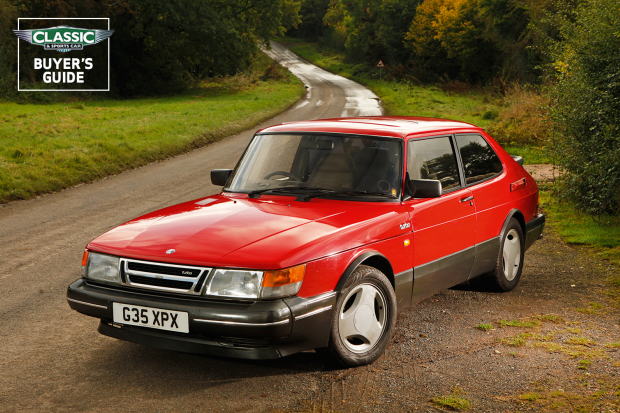
Why you’d want a Saab 900 Turbo
Saab made automotive headlines in the late 1970s with its 99 Turbo, extracting unimagined torque and power from the Triumph Dolomite-derived slant-four.
Incredibly, the firm kept it reliable and long-lived, even with twin overhead camshafts and 185bhp. Where other early turbo vehicles were all about high revs and suffered huge lag, Saab engineered its cars more along the lines of its Scania lorries. Boost came in at lower revs for superb overtaking, without dramatically increasing fuel consumption. That’s provided you used the gearbox – punch below 2000rpm was still not great until the turbo spooled up.
As Motor put it in ’77, ‘between 40 and 100mph (in top), the Saab accelerates faster than just about any four-seater saloon’. But the 99 was already 10 years old: a replacement was vital, so Saab stretched the wheelbase, further improved the front suspension and crash protection, and launched the Saab 900 in ’78.
Testers raved over its quality and integrity, its performance and refinement: by ’83, Saab led the world in turbocharged cars, having sold 100,000.
The elegant Cabriolet was added to the range in 1985, with its rear spoiler around the lip of the fully retractable, double-insulated hood, which featured a unique opening glass rear screen.

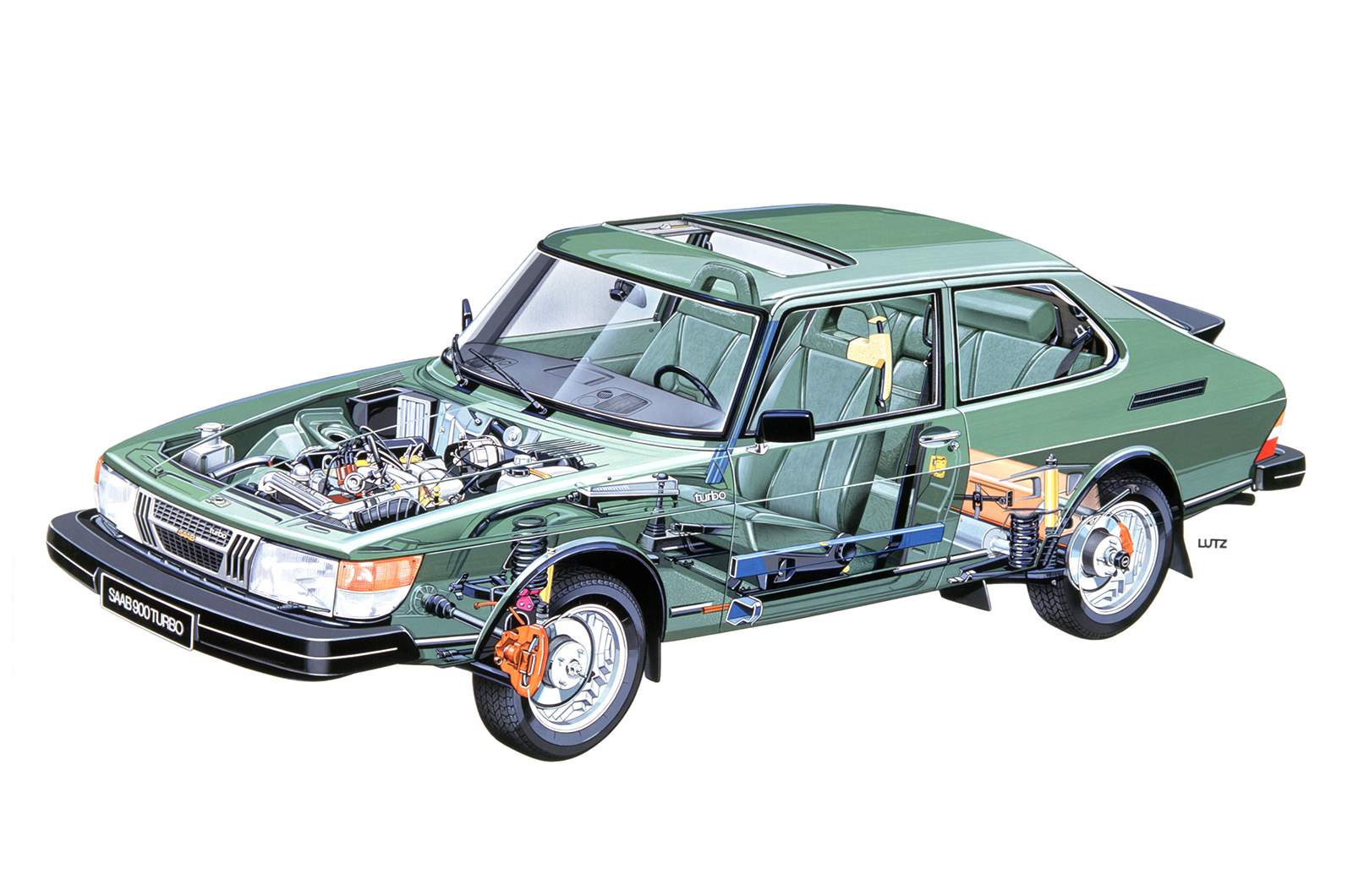
(l-r) Cabriolet, launched in ’85, features a clever powered top; early cars had signature Inca alloys; note side-impact bar

